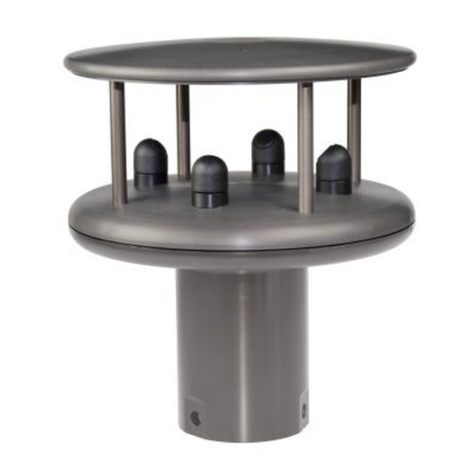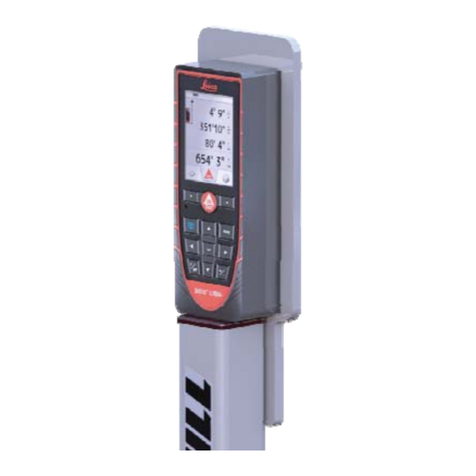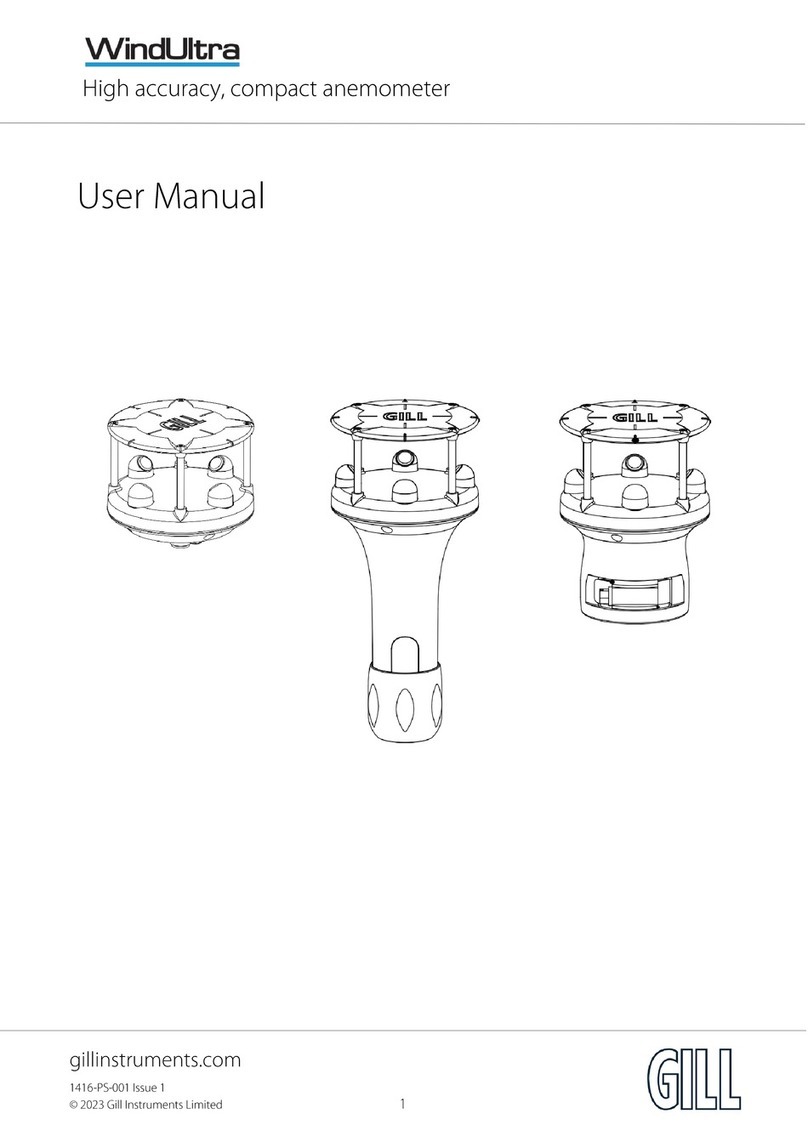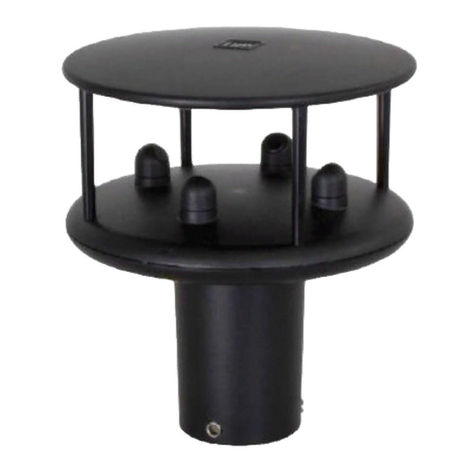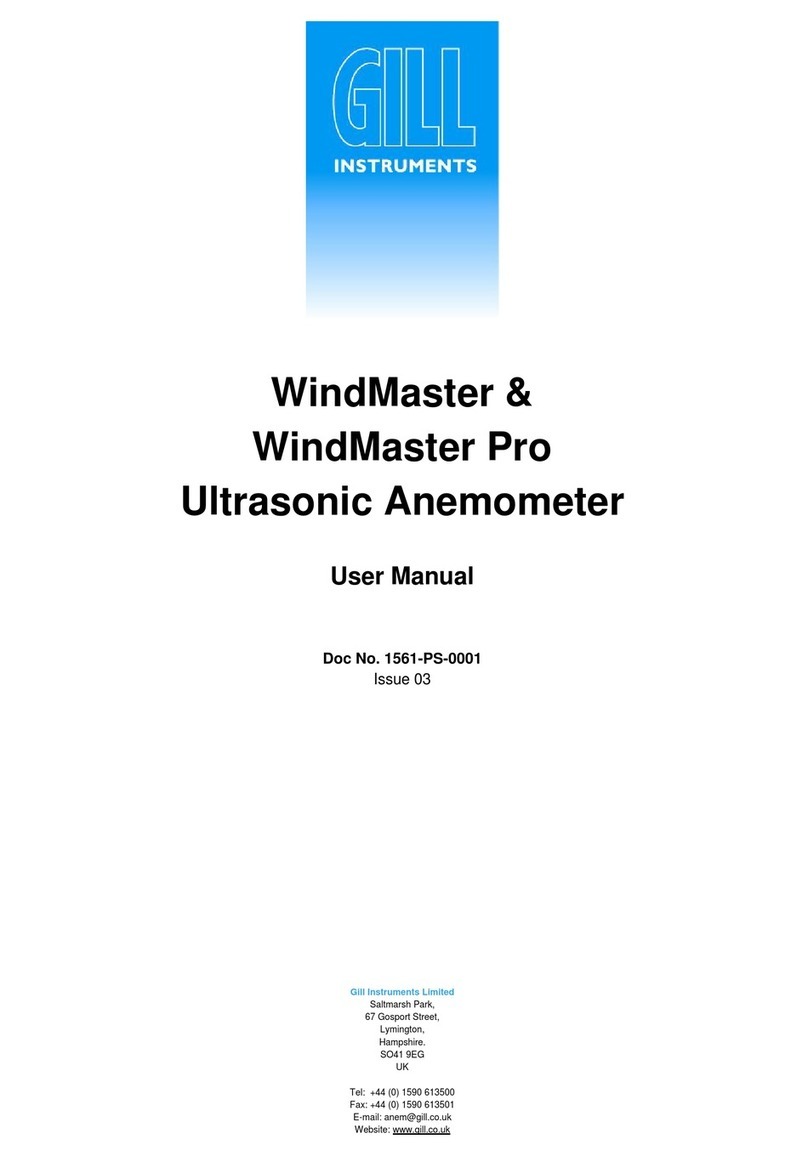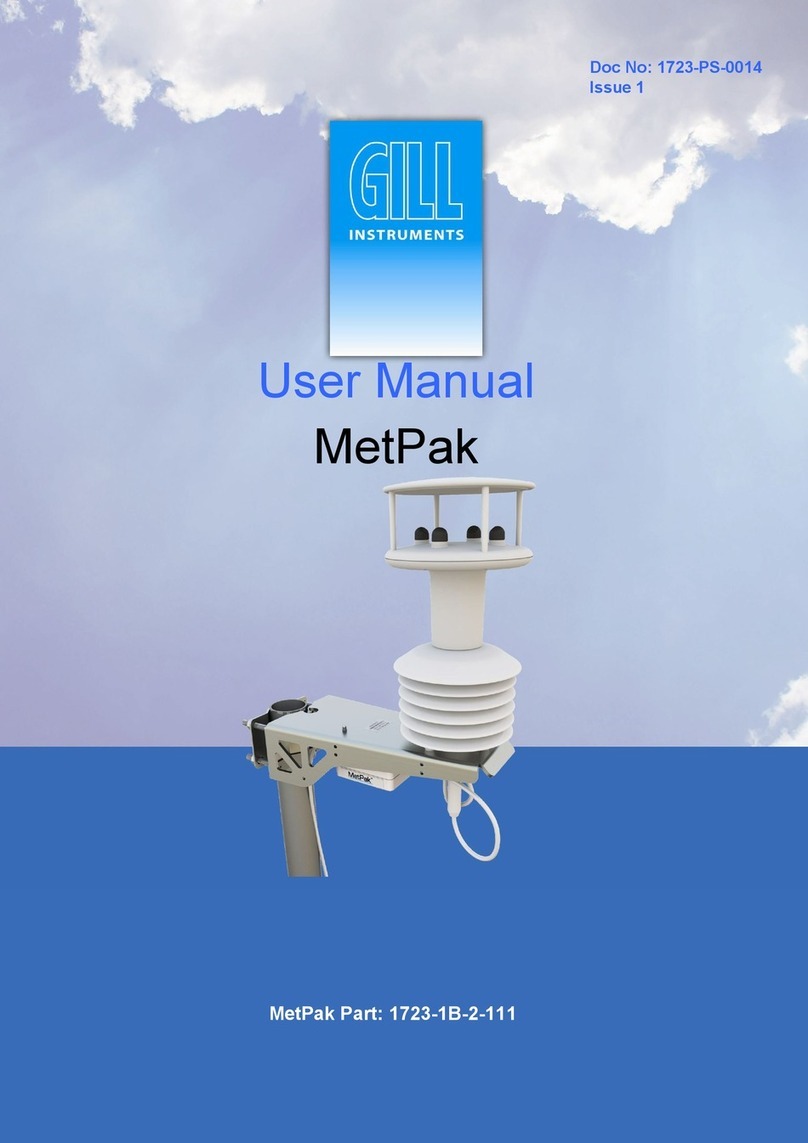
HS-50 & HS-100 Doc. No 1199-PS-0035 Issue 3 June 2021
___________________________________________________________________________________________
Page 1
1FOREWORD..................................................................................................................3
2INTRODUCTION..........................................................................................................3
3PACKING LIST.............................................................................................................4
4OPTIONAL EXTRAS ...................................................................................................4
5PRINCIPLE OF OPERATION....................................................................................5
6TECHNICAL SPECIFICATION.................................................................................6
7INSTALLATION...........................................................................................................7
7.1 Handling Instructions....................................................................................................................... 7
7.2 Installation Guidelines..................................................................................................................... 8
7.3 Mounting............................................................................................................................................ 8
7.4 Polar definition.................................................................................................................................. 9
7.5 U, V, and W Axes definition (See fig 2)........................................................................................ 9
7.6 Alignment, Dimensions & Orientation........................................................................................... 9
7.7 Mechanical installation.................................................................................................................. 10
7.8 Location........................................................................................................................................... 10
7.9 Corrosion......................................................................................................................................... 10
7.10 Earthing....................................................................................................................................... 10
7.11 Cabling......................................................................................................................................... 11
7.12 Cable length................................................................................................................................ 11
7.13 20 Way Hirose Connector......................................................................................................... 12
8OPERATION................................................................................................................13
8.1 Overview ......................................................................................................................................... 13
8.2 Operating modes............................................................................................................................ 13
8.3 Measurement Mode....................................................................................................................... 13
8.4 Sampling ......................................................................................................................................... 13
8.5 Averaging........................................................................................................................................ 13
8.6 Wind Measurement, SoS and Temperature Reporting Format .............................................. 14
8.7 Analogue Input Reporting Formats ............................................................................................. 14
8.8 Diagnostics ..................................................................................................................................... 14
8.9 Confidence Tone............................................................................................................................ 14
8.10 Result Reporting ........................................................................................................................ 14
8.11 Interactive Mode......................................................................................................................... 15
8.12 Configuration Commands......................................................................................................... 15
8.13 Default Configuration Command Settings.............................................................................. 15
8.14 Default Output Data String ....................................................................................................... 15
8.15 Interrogation Commands .......................................................................................................... 15
9CONNECTION TO A PC OR OTHER DEVICE ....................................................16
9.1 Anemometer Connector / SIU Power and Data Connector..................................................... 16
10 CONNECTING AN HS UNIT TO A PC USING RS 422.....................................17
10.1 Connecting an HS Unit to a PC via Power and Communications Interface (PCI 1189-PK-
021 or PCIA 1189-PK-020) ...................................................................................................................... 17
10.1.1 Environmental......................................................................................................................... 17
10.1.2 PCI/PCIA Electrical Power Requirements.......................................................................... 18
10.1.3 PCI/PCIA Operation. ............................................................................................................. 18
10.1.4 PCIA Box (1189-PK-020) HS Analogue Output Connections......................................... 20
10.1.5 Gill Instruments HS to PCI/A Ready Made Gill Cable 1210-PK-043.............................. 21
11 SYSTEM CONNECTION DIAGRAMS ................................................................23
11.1 System Connection.................................................................................................................... 23
11.2 1199-00-015 Interface Cable ................................................................................................... 24
12 USING THE ANALOGUE INPUTS WITH THE HS ELECTRONICS UNIT .25
12.1 Analogue Inputs ......................................................................................................................... 25
12.2 Using the Electronics Unit PRT Input...................................................................................... 26
12.3 Electronics Unit Mounting Details............................................................................................ 27
13 CONFIGURING THE ANEMOMETER WITH A PC RUNNING GILL WIND
SOFTWARE........................................................................................................................28
13.1 Software commands Introduction............................................................................................ 30
13.2 Software Commands................................................................................................................. 31
14 USING THE ANEMOMETER DIGITAL OUTPUTS.........................................34
14.1 Digital Serial Output Format..................................................................................................... 34
14.1.1 Binary Result Message Format (post conversion)............................................................ 34
